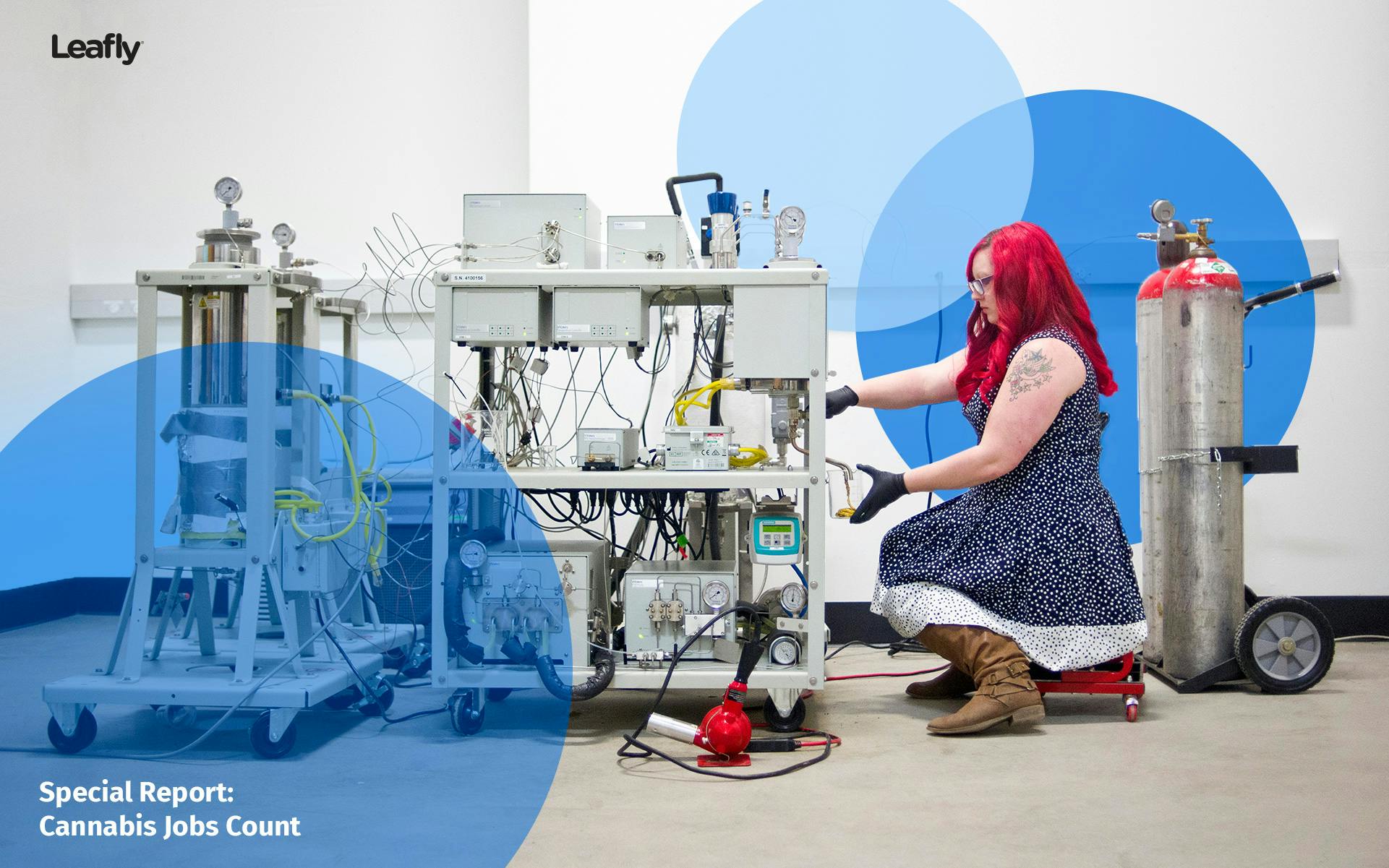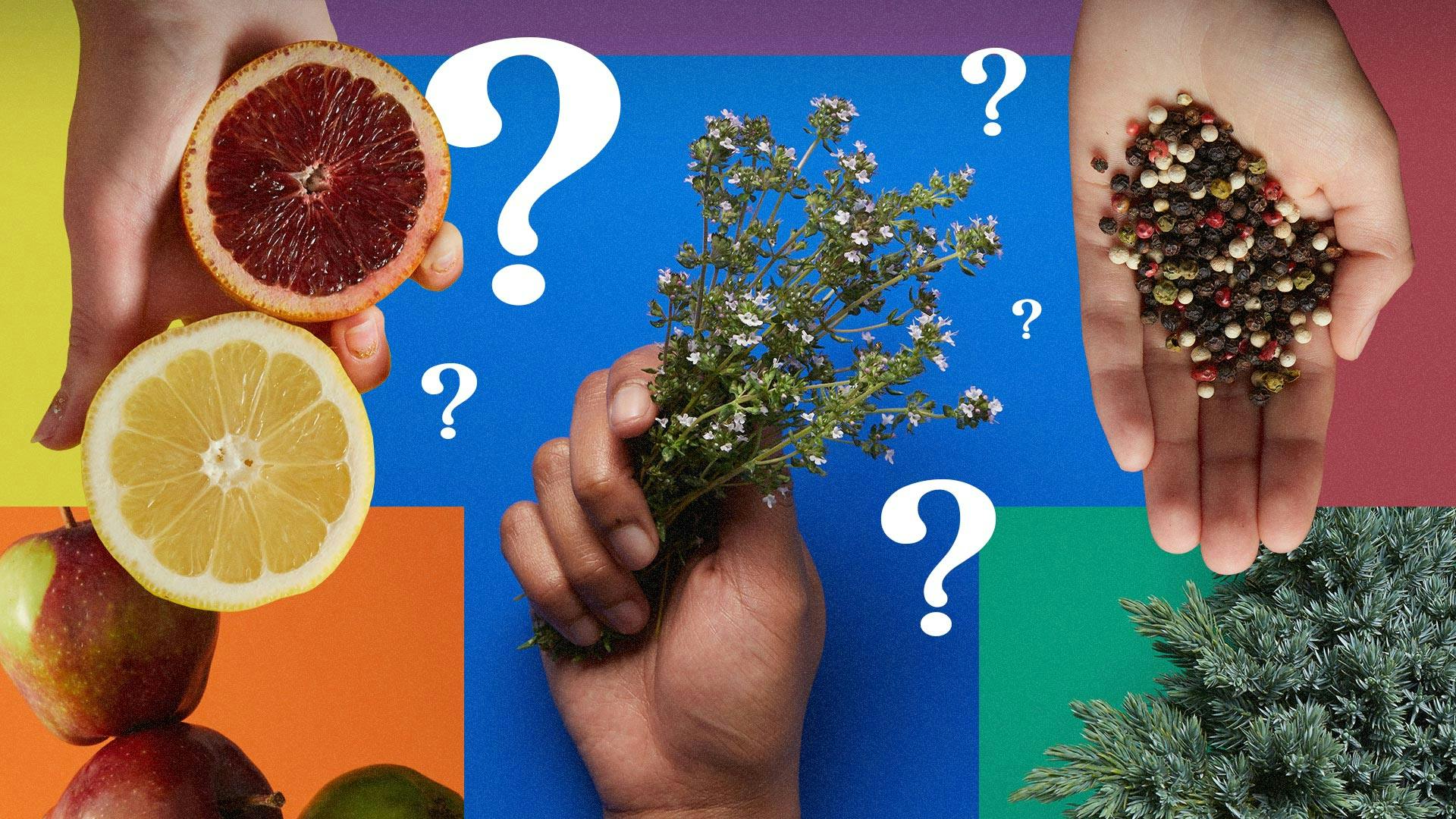A new report by Gannett, the publisher of USA Today and dozens of other publications, has found that cannabis use by new consumers correlates with a reduction in their use of painkillers and alcohol.
The study, conducted the company’s digital marketing arm, LOCALiQ, combined survey responses with mobile data to paint a picture of cannabis consumers in legal states. Researchers surveyed 8,805 cannabis consumers aged 21 to 64 across 21 states in which some form of cannabis is legal.
“Baby boomers that are not purchasing marijuana are 60% more likely than millennials to consider it.”
Among all surveyed consumers, 49% reported reducing their over-the-counter painkiller use since starting cannabis, and 52% reduced prescription drug use. Another 37% said they’ve reduced alcohol consumption since starting cannabis. And 60% said they consider a healthy lifestyle to be a priority.
The report splits subjects into two main categories: current consumers and so-called “acceptors,” or “those that would consider using cannabis but currently are not.” From there, the report profiles three groups of current consumers—affluent families with children, baby boomers, and frequent shoppers—and asks what it would take for the cannabis curious to actually consume.
Affluent Families
Affluent families, which make more than $75,000 per year and account for 38.8 million US households, are “active cannabis buyers,” the report found. Their average spend on a visit to a retailer was $50, and their biggest factors in choosing a shop are the selection of products and strains (88%) followed by price and convenience (87%). Their top motivators for consuming cannabis included stress management (48%) and chronic or recurring pain (37%). And 71% say they value a retailer that grows and sells its own products.
Consumer behavior also depends on who in the family is doing the shopping. A majority of dads (55%) in the study, for example, shopped at an average of four or more dispensaries over the past three months. Moms on average shopped at only a one dispensary over the same period, “making them more loyal customers,” the report says.
“Despite high spending levels overall,” the report found, “Affluent Families are not loyal and are most easily swayed by a good selection of products/strains.”
Baby Boomers
Baby boomers are a sought-after demographic for many cannabis brands, and the report makes clear why: Of the groups surveyed, none spent more on cannabis per shop visit than boomers. More than a third (37%) spend upward of $75 per visit, while their average is on par with affluent families ($50). Not only that, but boomers also had the largest percentage of acceptors, or people who are open to consuming cannabis but currently are not. That could mean an additional spend of $1.1 million, the report found.
In fact, the report found that boomers were actually more cannabis curious than their millennial counterparts, noting that “Baby boomers that are not purchasing marijuana are 60% more likely than millennials to consider it.”
Why so much interest? “This group views cannabis as a solution to a myriad of day to day issues such as anxiety, aches and pains, sleep, digestion and more,” the report says. The top reasons given by boomers for consuming cannabis were chronic or persistent pain (62%) and temporary or minor pain (40%).
Boomers are also relatively loyal shoppers, although they tend to visit stores less frequently than other groups: Roughly two-thirds (65%) of boomers who consume cannabis visit a retail store on monthly basis. When they do stop by a shop, they’re looking for a good price (90%), friendly staff (89%), and a good selection of strains and products (88%).
Frequent Shoppers
The report’s third highlighted group, frequent cannabis shoppers, do exactly that: shop for cannabis frequently. Of those surveyed, 70% said they go to a cannabis shop three to four times per month, where they tend to drop an average of $50 or more per visit. Most are millennials and Gen Xers: 58% were between 21 and 34 years old, and 35% were 35 to 54. A majority (54%) said they use cannabis to help manage stress.
Frequent shoppers don’t just go to the store often—they’re also likely sign up for deals and promo alerts. Of those surveyed, 62% said they are notified of promotions through emails or text messages. And 58% belonged to some sort of rewards or points program.
What do these shoppers want? Competitive prices and a good selection of products are top-of-list, with 83% of those surveyed mentioning those traits. After that, they’re looking for friendly staff (80%) and recommendations for treating specific ailments (also 80%). But don’t expect frequent shoppers to stick to the same shop. The report notes that these buyers aren’t particularly loyal.
Acceptors
Acceptors are on the fence. They don’t currently consume cannabis, but they say they’ll consider it. In established legal states, the report found, roughly half of nonconsumers say fall into this category—and wooing them could mean big bucks for the industry. “Spanning many consumer types and ages including millennials, baby boomers, and affluent families with children, the acceptor segment has an estimated market potential of $2.1 billion, making it the largest potential combined growth segment,” the report found.
Acceptors are three times more likely to get information about cannabis from a news website than from their doctor.
Most of these folks are interested in cannabis as medicine. More than three-fourths (77%) said they would use cannabis to treat a medical condition, and 23% think medical cannabis could help with a current health issue and are interested in learning more. The biggest reasons they’d consider using cannabis include to treat chronic or recurring pain (63%), to help with anxiety or stress (46%), and to have a better quality of life (41%).
While acceptors are primarily interested in medical cannabis, the study found they’re three times more likely to get information about cannabis from a news website than from their doctor.
What’s in a Brand?
There’s still very little brand loyalty in the cannabis space, the report found, with 67% of cannabis consumers shopping at two or more dispensaries during the past three months and a quarter shopping at four or more.
So what drives consumer decisions to go with one shop over another? Of those surveyed, 80% said a retailer’s reputation is “extremely important” in their selection process.
“Like other more established market segments that lack brand loyalty,” the study found, “price, selection, and friendly staff topped the reason why shoppers selected a particular dispensary.” Those surveyed gave these five reasons, in order of importance:
- Reasonable prices
- Good selection of products/strains
- Friendly and helpful staff
- Convenient location
- Products to treat specific ailments
More information on the report can be found on LOCALiQ’s website.







